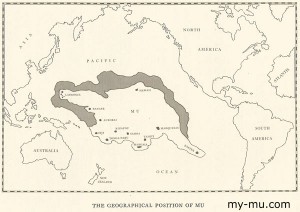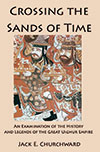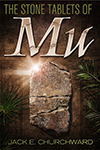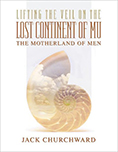Recent news has reported the undersea volcano named Hunga Tonga in the nation of Tonga has erupted and formed a new island. Three recent visitors have taken pictures and climbed to the island’s 820 foot peak. Some observers may point to this as proof that islands can rise and fall in the Pacific – proof of the lost continent of Mu.
According to James Churchward’s map in the Lost Continent of Mu Motherland of Men, this location is in the south central area of Mu.
According to Patrick Nunn in his book, Vanished Islands and Hidden Continents of the Pacific, the nation of Tonga has the great concentration of shallow-water active volcanoes in the Pacific.
James presented his theory in his books that the Archeon Gas Belts deep in the earth collapsed after volcanic eruptions which caused the continent of Mu to disappear beneath the waves about 12,000 years ago. He also wrote that the same cataclysm caused the mountains to rise from the once flat earth.
On the other hand, science says that the area (and island chain) is in a subduction zone at the edge of a convergent boundary where the Pacific Plate is being forced under the Indo-Australian Plate. This zone has created the submarine volcanoes which subsequently created small, short-lived islands that have been observed for centuries.
Given that these islands are short-lived does not bolster the premise of sunken continent. Also, the Pacific Plate boundary is much larger than what was thought to be the area of Mu, so how could the submarine volcanoes be responsible for raising or sinking Mu?
Have a great day.









 RSS - Posts
RSS - Posts
One response to “Is The Ancient Continent of Mu Finally Surfacing?”